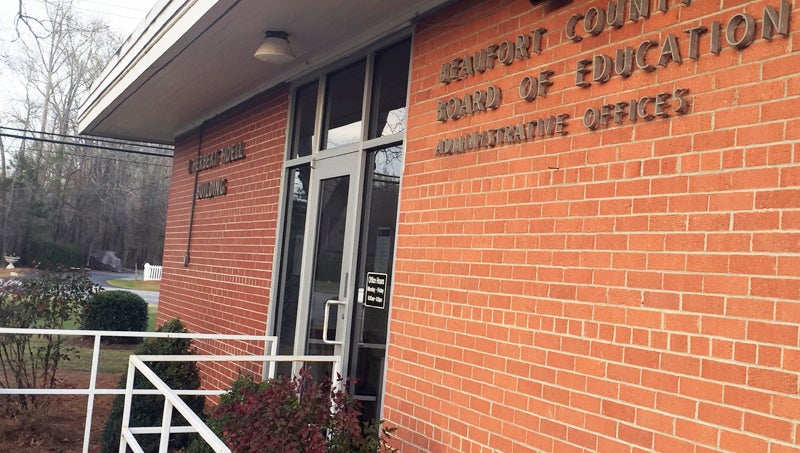School officials will debate formula for fund allocations
Published 8:08 pm Friday, March 10, 2017
For many Tier 1 counties with a high number of low-income families in their school district, Title I funding from the U.S. Department of Education can be vital to success.
Beaufort County Schools is one of those districts that relies on this federal funding.
The school district received a little more than $2 million in Title I funds for the 2016-2017 school year, according to Greg Singleton, director of federal programs at BCS.
“It has decreased significantly over the past five years. At one time, it was over $2.3 million,” Singleton said. “At the same time, fixed costs such as personnel have increased. Therefore, our district is in a position of trying to maintain current levels of service with a smaller amount of federal dollars.”
The task for the Beaufort County Board of Education this upcoming year is to decide if it wants to continue allocating Title I funds as it has in years past, according to Dr. Don Phipps, superintendent of BCS.
Although there are guidelines to follow on how to use the money, Title I funds can be used for a variety of purposes, including personnel salaries, classroom resources and special programs.
Phipps said the school board allocates its $2 million to elementary-age students in the county at seven schools: Chocowinity Primary, Bath Elementary, Northeast Elementary, John Cotten Tayloe, John Small Elementary, Eastern Elementary and S.W. Snowden Elementary.
“We try to put the money that we have from Title I in our earlier grade-level schools, feeling that if we can build a strong foundation in those areas, it helps students and they move through, matriculate through, the system,” Phipps explained. “We want to give them a good foundation.”
He said the idea behind this allocation process is a good one, but it falters when it comes to some Chocowinity fifth-graders. Before Phipps’ tenure, a fire destroyed one of the buildings at Chocowinity Primary, so those fifth-graders were forced to move to Chocowinity Middle, where they are today. This means that those fifth-graders do not have access to the benefits of Title I funds.
“It also is a school that we’re working with in terms of the status of the school and the performance and those types of things, and they don’t have access to Title I funds,” Phipps said of Chocowinity Middle, adding that officials consider this aspect with every school.
Another issue to consider is the fact that some Title I recipients are K-8 schools, meaning older students benefit from those funds, too, and some may feel this is unfair to those schools that serve solely middle-school grades, he said.
In the coming weeks, the school board will consider allocating Title I funds to more schools, but Phipps said that poses its own problem, in which those schools that have relied on federal money would get a smaller piece of the pie.
“It’s a matter of working within the confines of what you have,” he said.
At Tuesday’s Board of Education meeting, board Chair Terry Williams expressed his concern over how the funding is currently allocated.
Williams said he doesn’t feel comfortable approving this year’s same method of allocation when schools such as Chocowinity Middle and its fifth-graders are being slighted.
At this time, however, the school board can only estimate with last year’s total funding to figure out a solution for 2017-2018, Phipps said. School districts have yet to receive set numbers from the federal and state levels.
As with most of BCS’ budgeting process, the trick is to find some sort of balance.
“I would like to think that student success is not tied to any particular program or resource that we buy. I don’t think there’s anything more valuable than quality, committed educators in every classroom,” Phipps said. “We want to try to provide help and assistance to schools, but we don’t want to do it to the detriment of other schools.”






